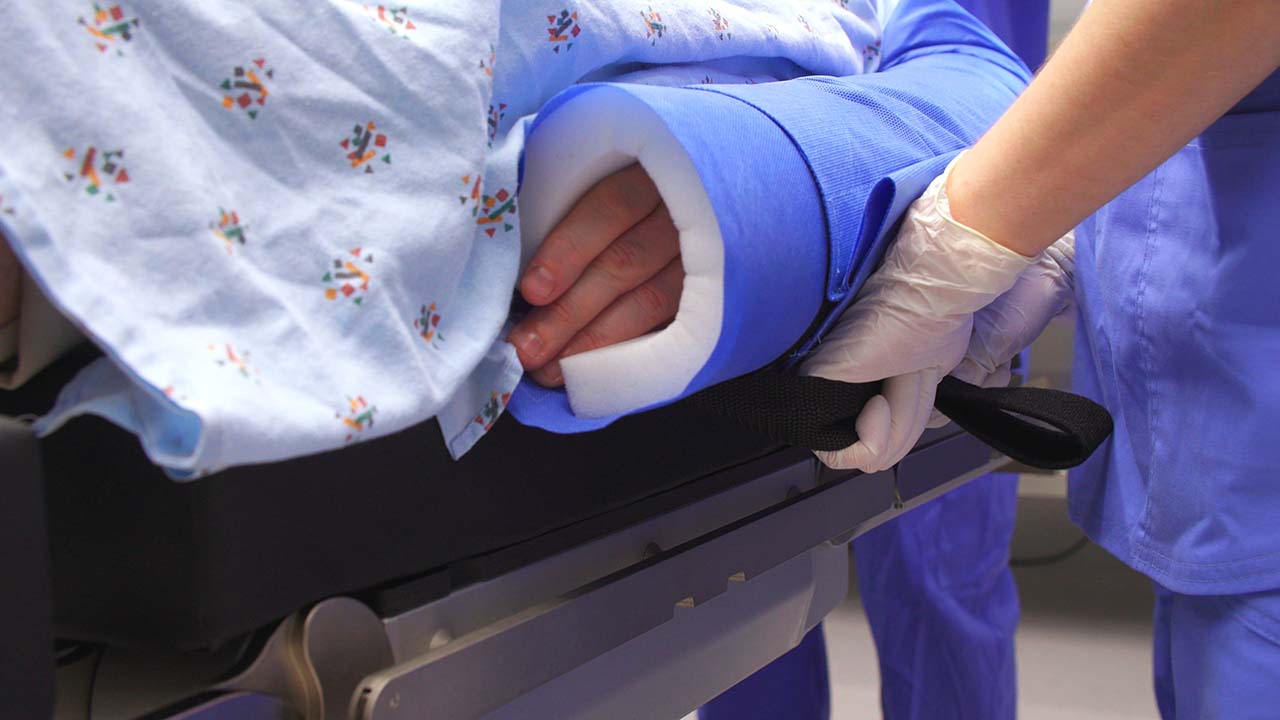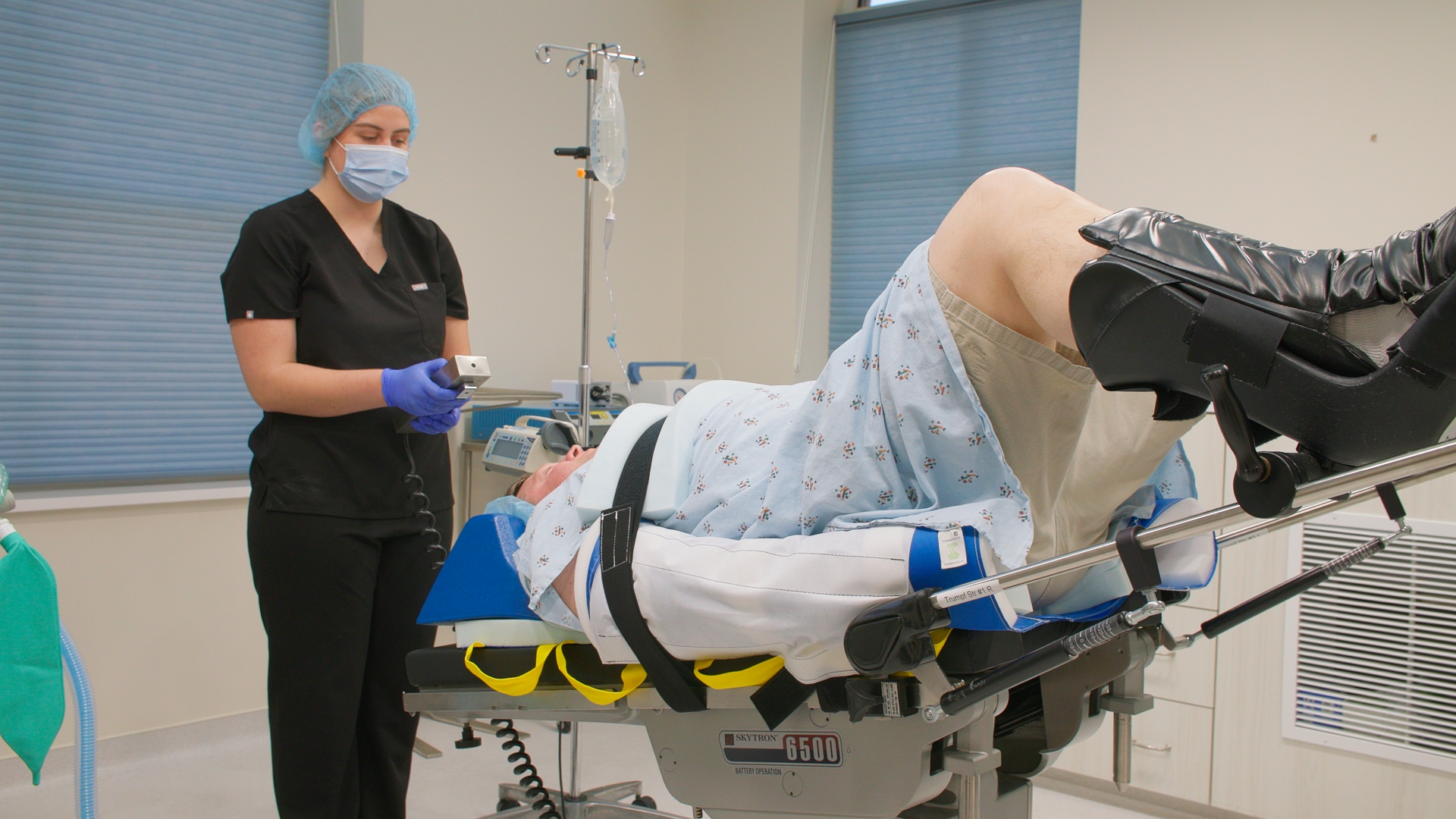
Aug 27 2024
/
Our Story Is Your Story!!
Safe Patient Handling: Our Story Is Your Story!
Our methods of positioning surgical patients have never adhered to the traditional norms. We have always strived to evolve the safety of both patients and providers.
Commoditization of surgical positioning platforms hurts those who provide care, and impacts those who receive it. GPO’s have always failed to understand this. Come see how we have always been different!




